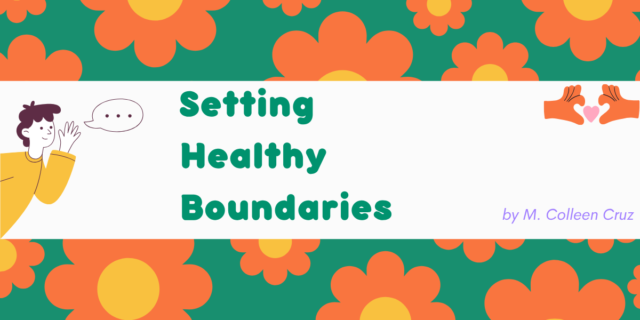
Narratives of Heroes & Villains
Right now, we’re recognizing a narrative failure in American culture. This narrative failure comes from an overreliance on one story, the hero’s journey. Joseph Campbell, a literature professor, popularized the idea that all stories are the hero’s journey, with the intention of emphasizing the universal patterns shared by every culture. Although a useful observation, Campbell insists on a reductive and damaging vision of what’s possible for stories, real or invented, not to mention a troublesome idea of what make a “universal” pattern. Are we the hero, the helper, the victim who needs rescuing, or the villain? We say what we want to be; we imagine ourselves to be the hero. But are we really? Do we hold ourselves to the expectation that we alone should be able to overcome adversity? And if we’re the hero, that means anyone who wrongs us, either volitionally or accidentally, is the villain. This creates a judgmental distancing where people are either serving our needs or obstacles to our success. And if we’re not succeeding despite adversity, then we’re the victim whose job is to wait to be rescued or, worse yet, not even part of the story. Educational narratives are fraught with heroes and villains.
Although I believe in the potential in every human being to do great things, I know that the heroic narrative sets too many people up for failure and exclusion, especially teachers and students. It lets us pretend that systems don’t need to be changed and that failure belongs only to individuals. This narrative is false. Too many teachers hide in shame, do less than they could, or burn out by doing more than they can manage. They’ve been gaslighted to believe any struggle in teaching is just a failure of their own intelligence, compassion, and imagination. And, again, if they can’t take on that mantle, then they’re the villain, the victim, or not in the story. So, when a student challenges our way of working, the student too easily becomes the villain. Because if we believe our only identity choices lie in that narrative, then we have to hold on to ways we can be the hero. The hero’s journey gives us a limited vision of what’s possible for us and our students. Instead of a narrative with heroes, villains, victims, and helpers, where other people’s mistakes require us to take defensive postures, we need stories about community. In stories that emphasize community, we can look to examples such as Rev. Dr. Martin Luther King’s vision of “beloved community,” one that centers the collective community over any one individual. Community narratives acknowledge conflict as unavoidable but, instead of seeing it as a story of winners and losers, reframes the story of conflict as one of collaborative problem-solving with the goal of communication, acceptance, and inclusion (The King Center 2019). True community is the story of conflict and connection.
Of course, moving from a heroic to community narrative requires us to dismantle our schema of how relationships should go. Everything—from a soda commercial to newspaper headlines to the latest blockbuster—tells us the story of one individual or group dominating another. Good guys, bad guys, dominance or defeat. When we find ourselves with unhelpful emotional responses to student mistakes, the easiest next step is to default to those negative emotions and imagine ourselves the hero or victim, the student, the villain. We can retrain ourselves to respond in more constructive ways.
Combatting Cancel Culture
For those of you unfamiliar with cancel culture, it is term to describe shunning, via social media, a person or group based on perceived wrongdoing. Some argue it is not real, but rather an invented consequence wrongdoers complain about. Others claim it is real and an acceptable response to intentional wrongdoing.
Yes, there is a time and a place that heavy consequences must be paid by people who commit serious and intentional wrongdoing that has a grave impact on others. Yes, students sometimes do cross lines that have severe consequences. I am not questioning the need to respond to them. And, yes, there are plenty of times when mistakes will and must be addressed with appropriate seriousness, especially when the impact calls for it. But how many true mistakes need to be addressed severely? Are there times when we can act with compassion and grace? We also must keep in mind our own culture and background when considering our responses. Many cultural traditions value communal values such as grace and forgiveness to practice and preserve the value of compassion. These differ from more reward and punishment–based cultures, often but not always individualistic, which value punishment and reward as a means of preserving their values. When you think of a public mistake, or perhaps even an intentional wrongdoing from your past, what was your cultural community’s response? That cultural response might be the one you feel most comfortable imposing, but it’s not the only option.
In our own classrooms and schools, we need to consider the grace we extend and whether or not we extend it equally. If our default response to mistakes, true mistakes, is to respond with grace, and students both witness it and receive it on a regular basis, what effect might that have on our communities? Might not students be more likely to extend grace to each other? Might they not be more willing to take healthy risks when they know the adults in the building do not treat every mistake the same?



